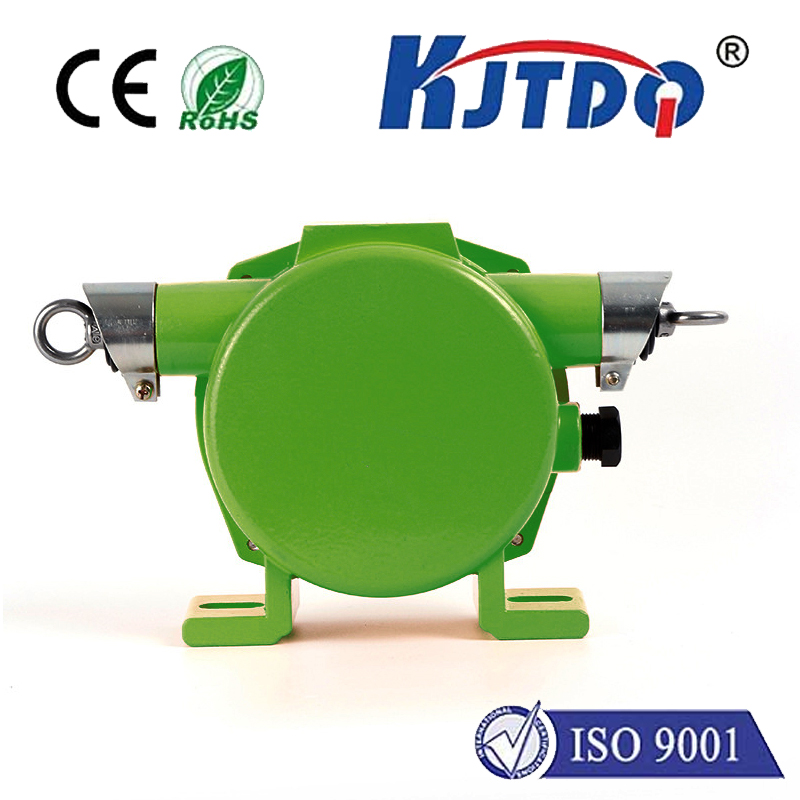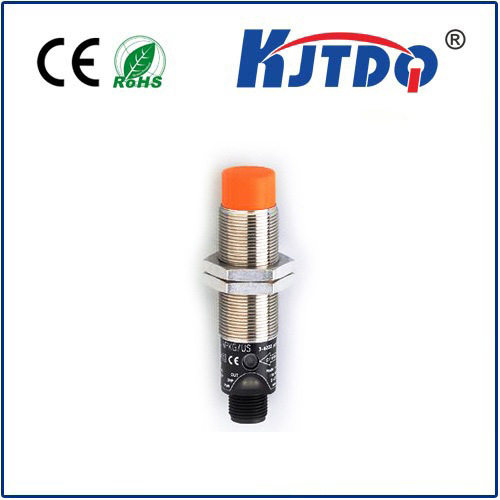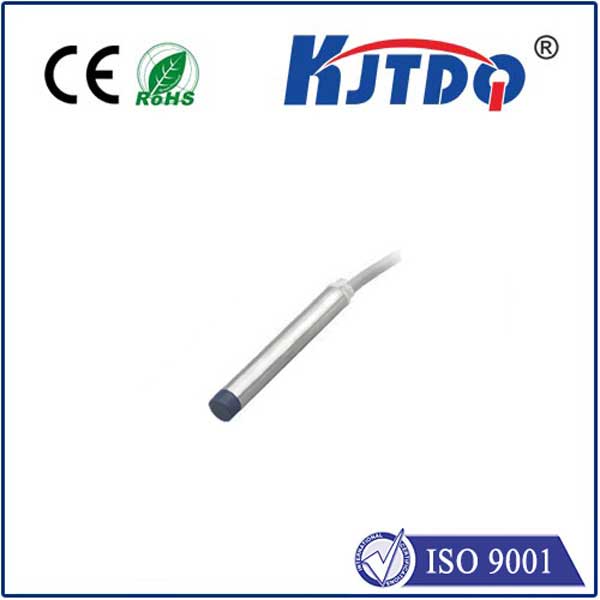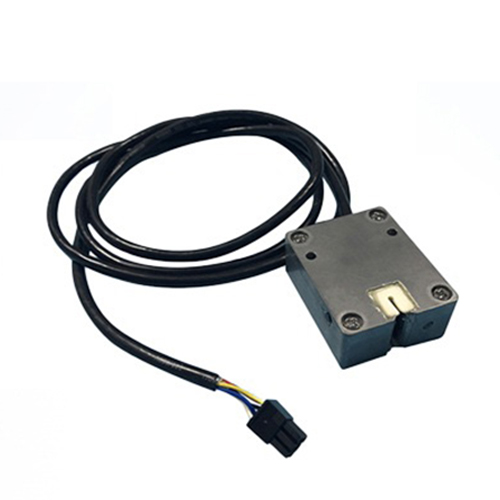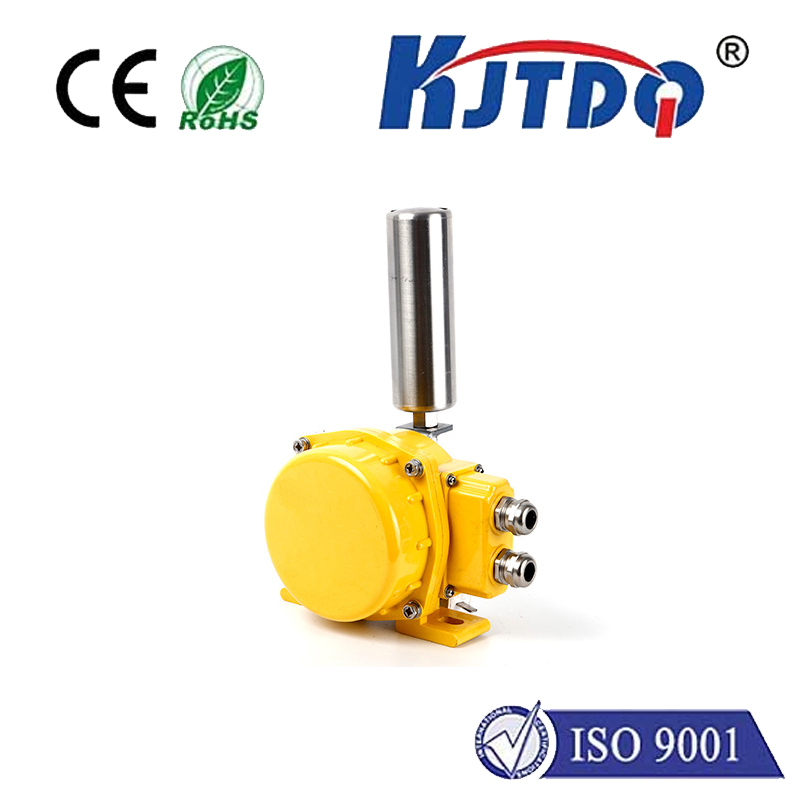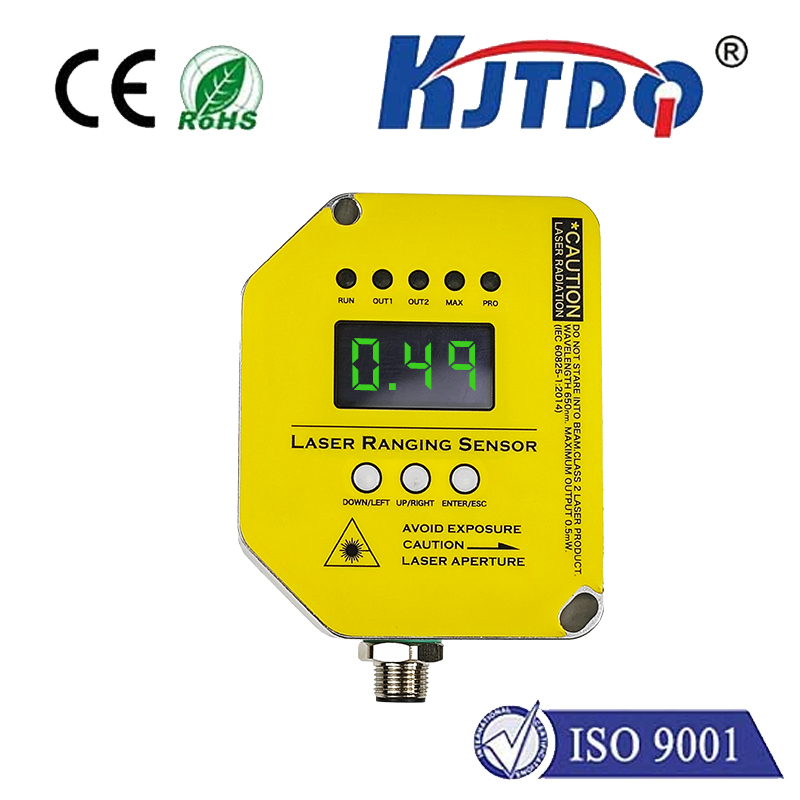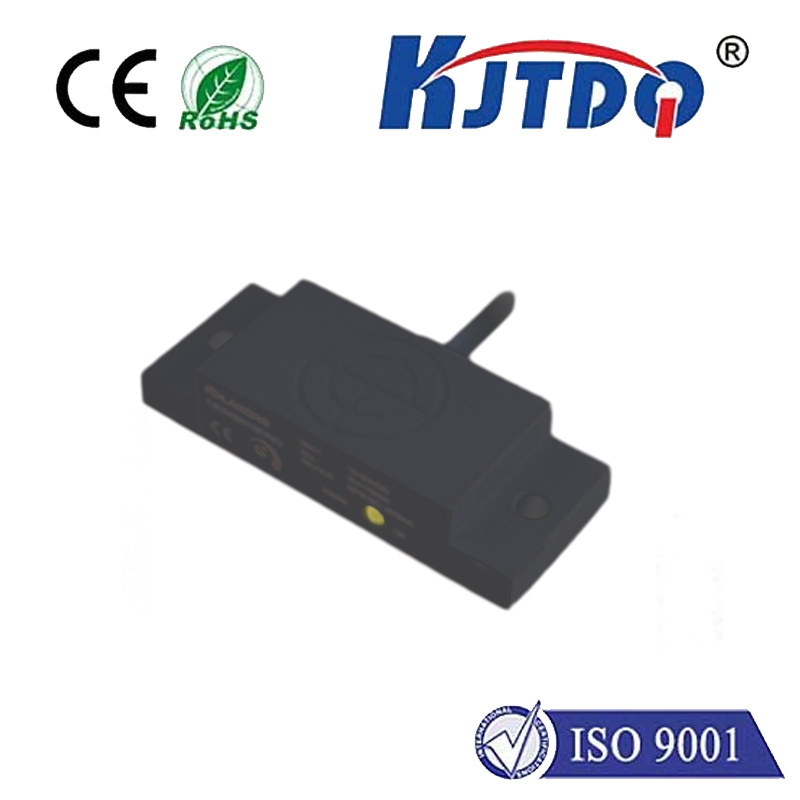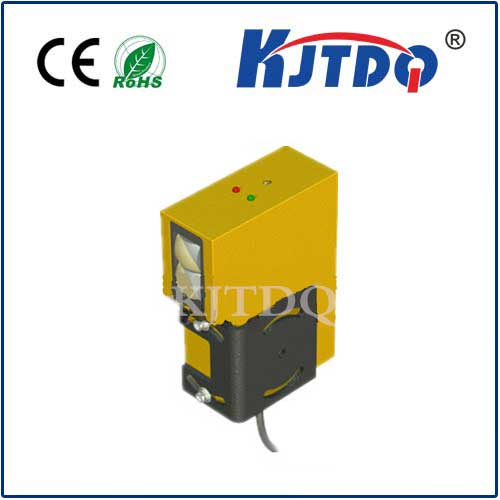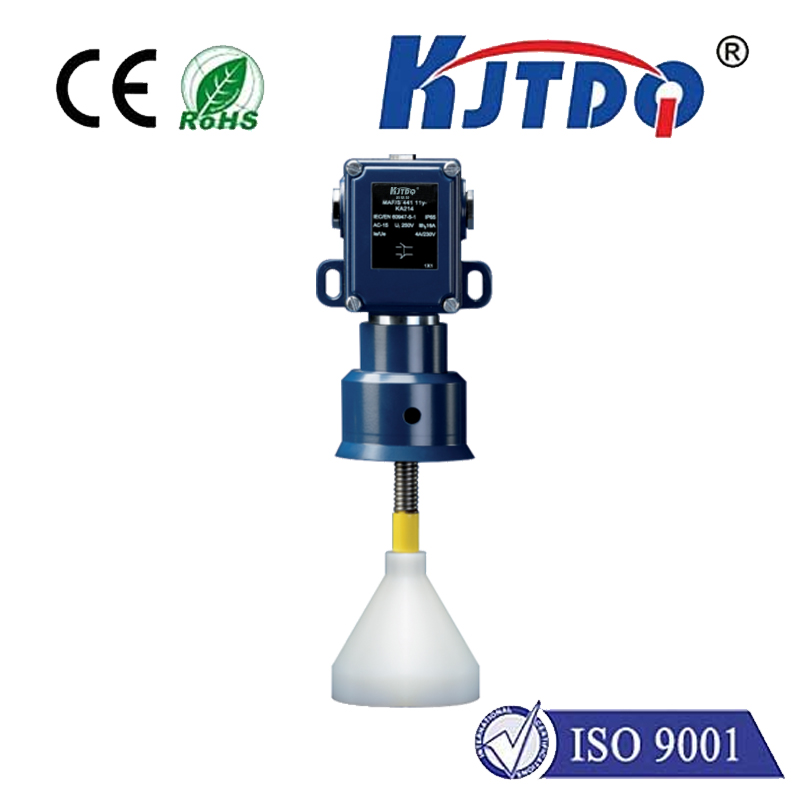temperature switch for fan
- time:2025-08-20 03:15:21
- Нажмите:0
Smart Cooling Control: How Temperature Switches Automate Your Fans
Have you ever walked into a hot, stuffy garage, workshop, or even a server closet, wishing the fan would just turn itself on? Or perhaps you’ve worried about electronics overheating silently? The solution lies in a brilliantly simple yet effective device: the temperature switch for fan. This unsung hero of thermal management offers automated, energy-efficient cooling precisely when and where it’s needed. Understanding how these switches work and their benefits can transform how you manage heat in countless applications.
What is a Temperature Switch for a Fan (and Why Do You Need One)?
At its core, a temperature switch for fan (often called a thermal switch or thermostat switch) is an automatic control device. Its primary function is to monitor ambient or surface temperature and activate or deactivate a connected fan based on pre-set thresholds. Think of it as a tiny, dedicated manager for your cooling system.
Manual fan control is inefficient and forgettable. You turn it on when you notice it’s hot, often too late, and you might forget to turn it off, wasting energy. A temperature switch eliminates this human factor. It provides:
- Automatic Operation: Fans kick in automatically when temperatures rise above a set point and shut off when cooling is sufficient.
- Overheat Prevention: Protects sensitive equipment (electronics, motors, appliances) by triggering cooling before critical temperatures are reached.
- Энергоэффективность: Fans only run when necessary, significantly reducing electricity consumption compared to constant operation.
- Extended Fan Lifespan: Reduced runtime translates directly to less mechanical wear and tear on the fan motor.
- Enhanced Comfort & Air Quality: Maintains more consistent temperatures and ventilation in spaces like greenhouses, aviaries, or utility rooms.
How Does a Fan Temperature Switch Work?

The magic happens through different sensing technologies, commonly integrated into the switch itself:
- Bimetallic Strip: The classic and often most economical design. Two different metals bonded together expand at different rates when heated. As temperature rises, the strip bends. This physical movement either makes or breaks an electrical contact, directly turning the fan circuit on or off. These switches are robust and simple but may have a slight delay and a noticeable “click” sound when switching.
- Thermistor-Based (Electronic): Utilizes a thermistor – a resistor whose resistance changes predictably with temperature. This change is monitored by electronic circuitry within the switch. When the resistance indicates the temperature has crossed the set point, the circuit uses a relay (a small electrically-operated switch) to control the higher-power fan circuit. Electronic switches offer advantages like:
- Precise Set Points: Often adjustable via a dial or digital interface.
- Adjustable Hysteresis: Control the temperature difference between fan turn-on and turn-off (e.g., turn on at 85°F, turn off at 75°F).
- Faster Response: Can react slightly quicker than bimetallic types.
- Silent Operation: No audible click.
Key Features to Consider When Choosing a Switch
Selecting the right temperature switch for your fan involves a few critical factors:
- Set Temperature (Trip Point): What temperature should activate the fan? This is crucial. Check if the switch offers a fixed trip point (common for specific applications) or an adjustable range. Adjustable switches offer much greater flexibility.
- Hysteresis: This is the temperature difference between the switch turning the fan on and turning it off. A smaller hysteresis means the fan cycles on and off more frequently as temperature hovers near the set point. A larger hysteresis provides more stable operation but allows wider temperature swings. Adjustable hysteresis is a valuable feature in electronic switches.
- Temperature Range: Ensure the switch operates effectively within the minimum and maximum temperatures of your specific environment.
- Electrical Ratings (Voltage & Current): This is critical for safety and functionality. The switch’s maximum voltage (V) and current (A or Amps) ratings must meet or exceed the requirements of the fan motor(s) it will control. Mismatched ratings can lead to switch failure or fire hazards.
- Sensing Method: Bimetallic vs. Electronic (Thermistor). Consider cost, precision needs, hysteresis control, and noise tolerance.
- Probe Type: Does the switch sense air temperature (ambient) or surface temperature? Air-sensing switches have probes exposed to the air, while surface-sensing types often have a flat metal disc designed to mount directly onto equipment.
- Enclosure Rating (IP Rating): If installed in dusty, damp, or outdoor environments, choose a switch with a suitable Ingress Protection (IP) rating (e.g., IP65) to ensure durability.
- AC vs. DC Compatibility: Confirm the switch is rated for the type of electrical current (Alternating Current or Direct Current) your fan uses.
Where to Use a Thermostat Switch for Fans? Applications Galore!
The versatility of automatic fan controllers is remarkable. Here are just a few common applications:
- Electronics Cooling: PC cases, AV cabinets, network/server racks, power supplies, battery chargers, amplifiers. Prevents component damage from heat buildup.
- Appliance & Machinery: Refrigerator/freezer condenser coils, power tool cooling vents, generator enclosures, laser cutters, 3D printers.
- HVAC & Ventilation: Attic fans, whole-house fans, crawl space vents, greenhouse exhaust fans, shed ventilation. Provides automatic fresh air exchange.
- Automotive & Marine: Engine compartment fans (supplemental cooling), bilge blowers, RV storage compartments.
- Industrial: Control panels, motor cooling, enclosure ventilation, process cooling.
Installation Essentials
While generally straightforward, installing a temperature-controlled fan switch requires attention to safety:
- Disconnect Power: Always turn off and unplug/disconnect the power source before wiring.
- Location: Mount the sensor probe where it accurately reflects the temperature you want to control. Avoid direct heat sources or cold drafts that could cause false readings. For air sensing, place it in the general airflow path but shielded from direct fan blast.
- Wiring: Follow the manufacturer’s wiring diagram meticulously. Typically, the switch is wired in series with the fan motor and the power source. Basic principle: Power -> Switch -> Fan -> Power Return. Ensure connections are secure and insulated.
- Set Correctly: For adjustable switches, set the desired turn-on temperature and hysteresis (if available). Test the system safely by applying heat (e.g., carefully using a hairdryer near the probe) to ensure it activates the fan at the target temperature.
- Secure Mounting: Ensure the switch and probe are firmly mounted to prevent vibration damage or accidental disconnection.
Embrace Effortless Efficiency
The temperature switch for fan is a testament to elegant engineering solving a common problem. It removes the burden of manual control, safeguards valuable equipment, slashes energy bills, and extends the life of your fans. Whether you’re safeguarding your prized gaming PC, ensuring your attic doesn’t turn into an oven, or protecting critical machinery, integrating this simple thermal switch delivers intelligent cooling automation that just makes sense. Investing in the right one is a small step towards a significantly cooler, more efficient, and worry-free environment.

